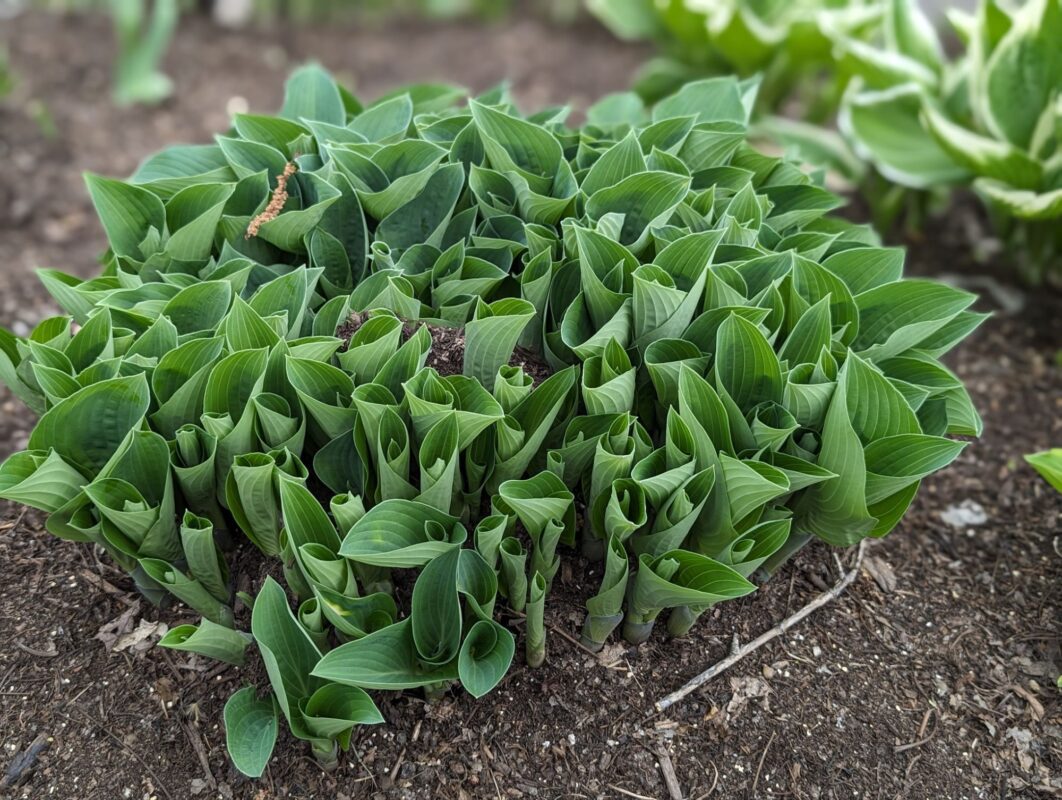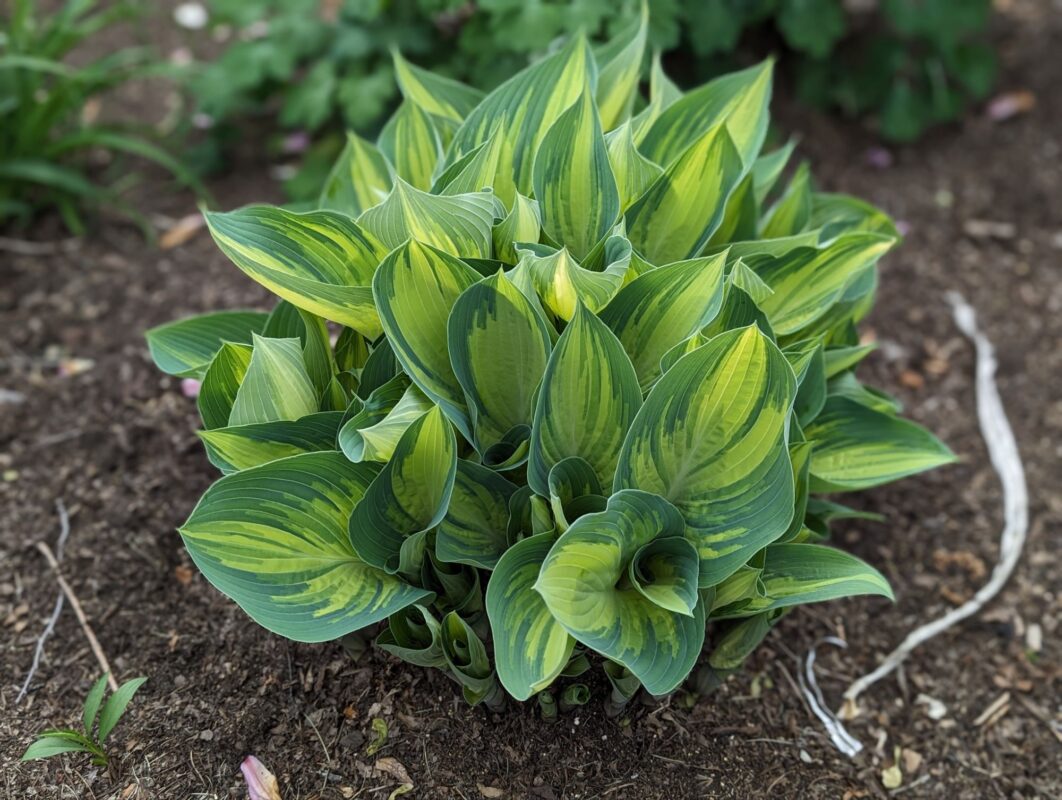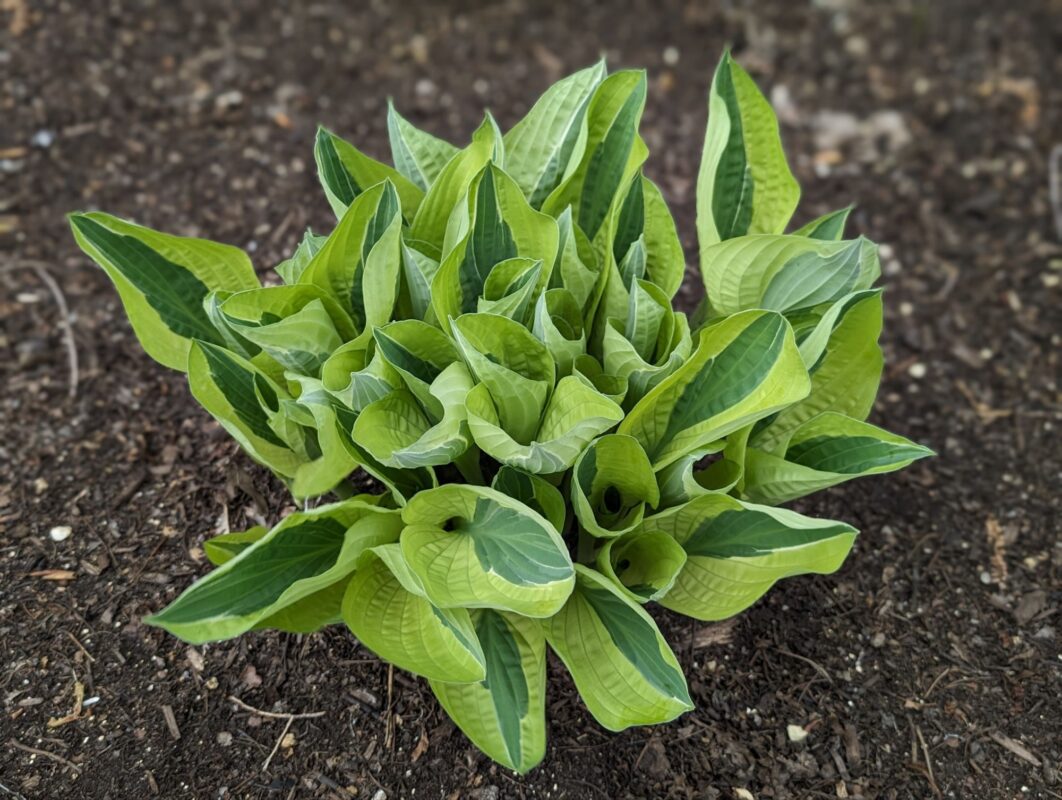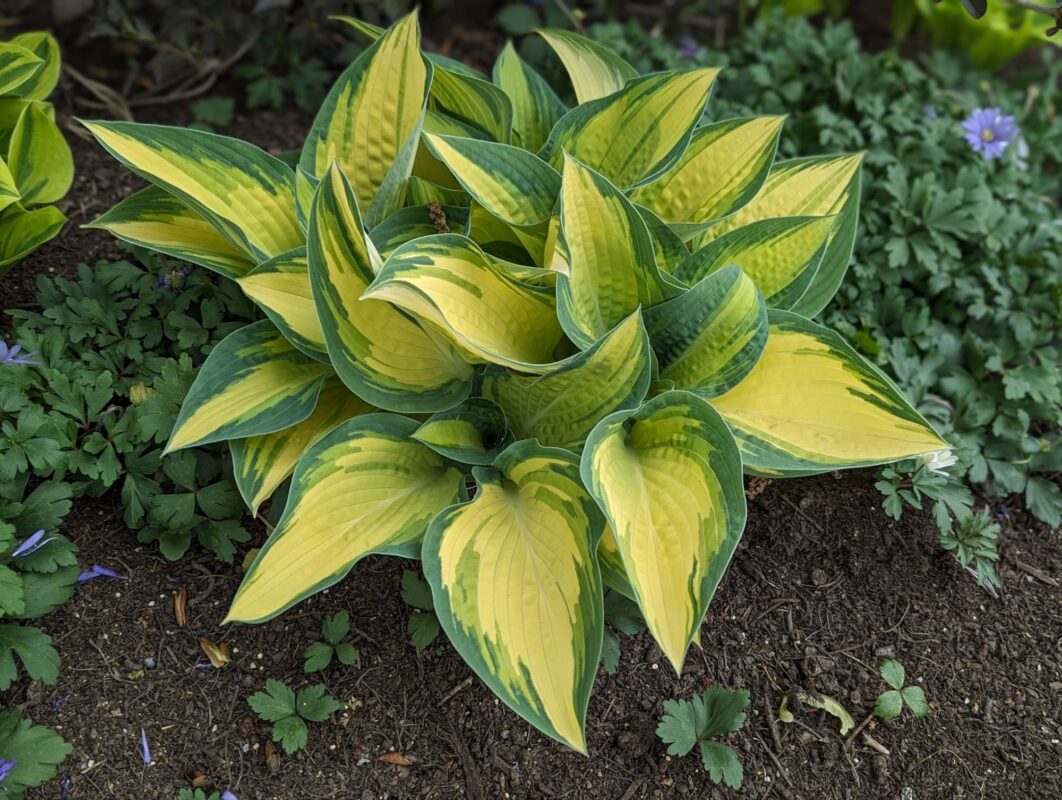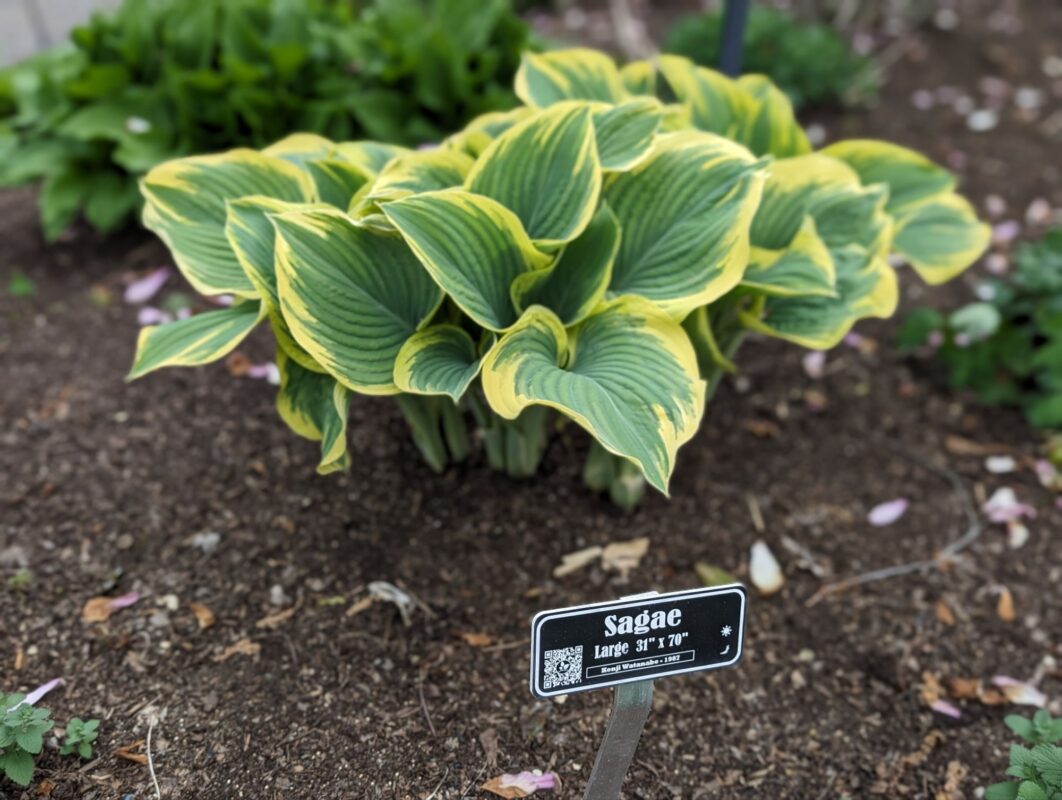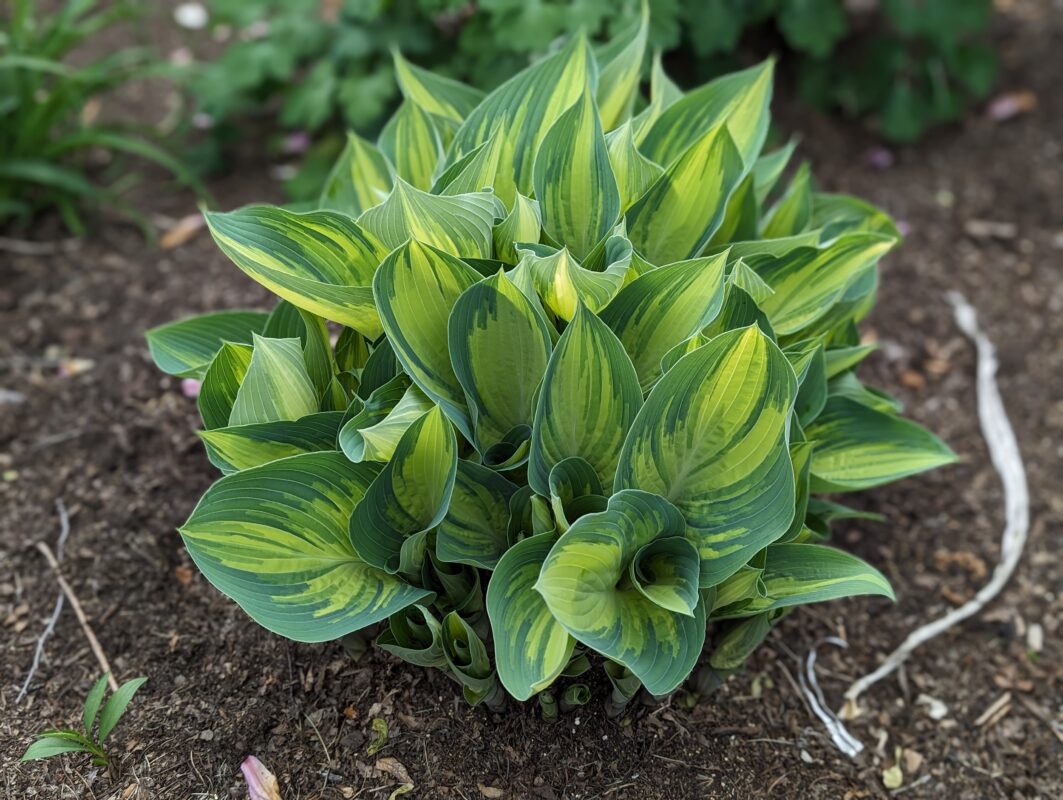Hosta Answers
When do hostas start coming up? Hostas Coming to Life: The Microclimate Effect
Every gardener in winter’s grip wonders the same thing: when will my hostas wake up? The answer? It’s a bit complex but not too tough. All we need is Sun, all we need is Sun, sun, all we really need is Sun 🎶
When the sun and the warmer ambient air starts heating the soil up to around 40°F, your hostas will decide it’s time to stretch and grow. But here’s where it gets interesting – we’re diving into the world of microclimates and genetics.
Microclimates: Your Garden’s Secret Sauce
Sun and Shadows:
Early spring means the sun’s at a low angle, casting shadows all over your garden. This can mess with how quickly your soil warms up:
South-facing areas bask in the sun’s glory, making them prime spots for the first hostas to emerge.
North sides are more like the chill areas, where hostas might take their time to sprout.
What about Genetics? I am already confused…
Hosta Varieties:
Each type of hosta has its own schedule:
Some are eager beavers, popping up at cooler temps – think of them as “Kamikaze hostas,” brave but vulnerable to late frosts. They come up, they look beautiful, they pay the price. Thank you for your service this year. Hope next year you get lucky!
Others play it safe, waiting for a warmer cue before showing up. We are here to honor our fallen soldiers and those who have come before us to pave the way for our garden’s glory. Here’s to a magnificent year in the garden!
Garden Strategy:
You might see a span of up to six or so weeks between the first and last hosta to emerge. Here’s how to deal:
Knowing your garden’s microclimates and varieties helps you predict which hostas will wake up when.
You can then tailor your care, protecting early risers or encouraging later bloomers.
By getting the hang of these microclimates and understanding your hostas’ personalities, you’ll be well on your way to having a vibrant, thriving garden.
www.hostasonthebluff.com
